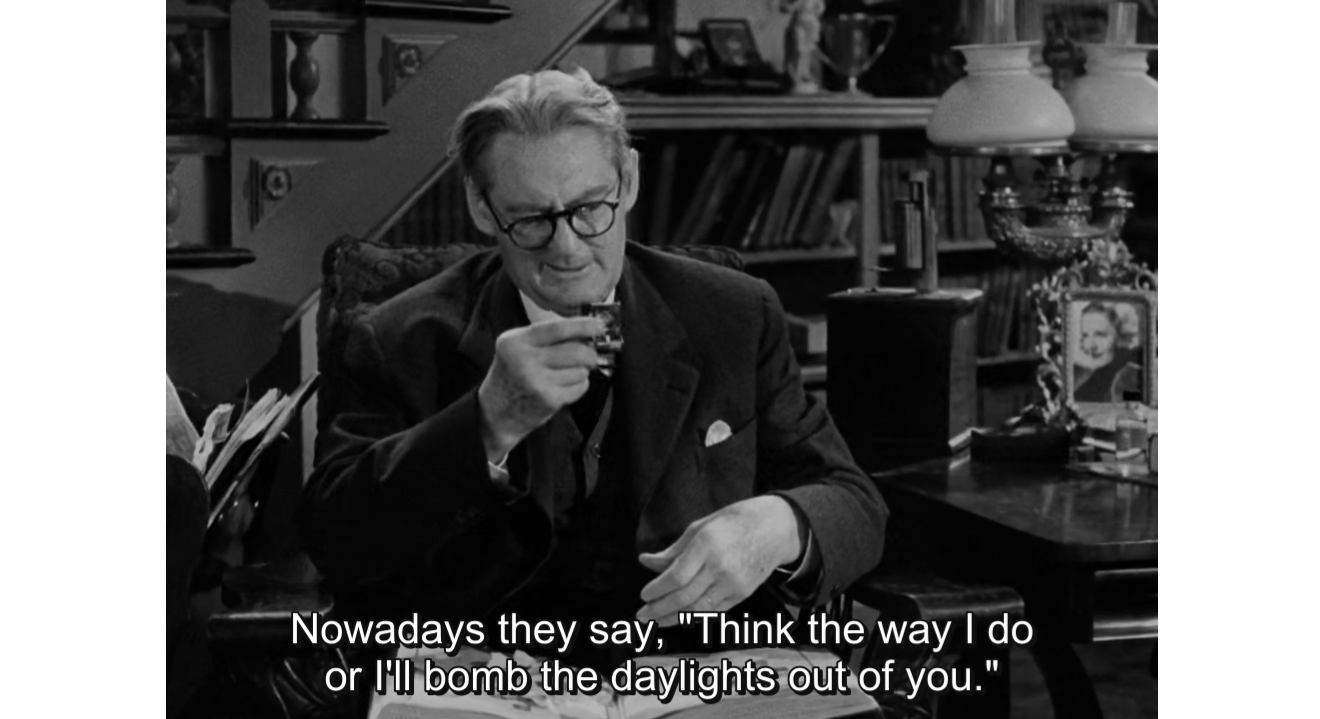.jpg)
Waiting for Sancho (Mark Peranson, 2008)
In black and white, a solitary angel stands against a desolate background of sand and rocks. Motionless and emotionless, she mechanically recites several prophetic messages in Catalan. The actress playing the angel, we later learn, gets her monologue on the spot from the director who is only a few meters away, communicating to his actress and his crew via walkie-talkie while conjuring words out of thin air. It's a grand but overly familiar metaphor --- that a director on his set is god --- but it has never been as aptly fleshed out in film as in Mark Peranson's Waiting for Sancho, a fortuitous documentary that covers the filming of Albert Serra's Birdsong (2008), a contemplative take on the journey of the three wise kings to meet the newly-born messiah.
Using a consumer-level HD digital videocam which he only learned to operate while on the airplane to the Canary Islands, Cinemascope editor Peranson, who plays Joseph in Serra's film, shoots Serra and his cast and crew both at work and at rest, capturing a volatile creative dynamic that is mostly supported by fostered relationships. Inside the hotel rooms, while driving to the desert, and while shooting vital scenes, interactions, which are mostly banal banters, dry discussions, jests and jokes, comprise most of Peranson's documentary, which if it is not unraveling the mysterious mechanics of "auteur filmmaking," for lack of a better term, is grounding one of its components who, in this case, is non-actor Lluís Serrat, the Sancho (a nickname he got from playing Sancho in Serra's Honour of the Knights (2006)) of the documentary's title whose heft and lack of physical prowess literally makes everybody wait for him during the filming crew's long and arduous desert hikes. If only for how it humanizes filmmaking, as compared to the needless and predominantly dishonest making-of documentaries that are mere supplements of their over-budgeted subjects, Waiting for Sancho deserves much more attention than it is currently being given.
In his introduction, Peranson states that he never intended to make a film. However, out of the more than five hours of footage he procured in and out of Serra's Birdsong set, he was able to come up with a distinctly immersive film, providing an insider look into the creative process of a unique filmmaker who, aside from several other eccentricities, requires that his actors be actually tired when filming. Thus, Waiting for Sancho requires more than patience as it indulges, by necessity, to extended moments where absolutely nothing happens.
Peranson's aesthetics however betray his lack of intention to create anything more than a video-diary of his collaboration with Serra. The documentary is quite beautifully shot. Peranson's visual compositions are often surprisingly elegant, persistent long-takes of endless deserts and people that are uncharacteristic of the hand-held camera that he utilizes. Given that Peranson often includes actual scenes from Serra's film, the documentary then poses as a high-definition colored surrogate to Serra's stark black and white photography.
The implications of Waiting for Sancho's connections as a simple making-of adjunct, a companion film, critical commentary, or parallel reality to Serra's Birdsong are infinitely intriguing. As such, it gains a life of its own, ultimately independent of Serra or his film. One may doubt the film's pertinence considering that very few have seen or are aware of Birdsong or Serra, for that matter. However, the trend as filmmaking becomes a democratized art form, especially with the advent of relatively cheap equipment and audiences who cater to personal visions rather than pomp and spectacle, more and more filmmakers (like Serra, Lav Diaz, Raya Martin, Apichatpong Weerasethakul, and more) whose methods may veer further from tradition to serve their own intents and nobody else's are gaining serious attention.
Having said that, Waiting for Sancho, with its near-nebulous foray into Serra's oft-dysfunctional film set knowing that the result of the on-set ramblings, tantrums, and doldrums is an arthouse darling, may very well be this generation's Burden of Dreams (Les Blank, 1982) or Hearts of Darkness (Fax Bahr & George Hickenlooper, 1991), only it goes further than simply tackling the eccentricities of a filmmaker or the hardships of the filmmaking process while still maintaining a quietly charming modesty that lends well to the very intimacy that fuels these small-scale yet worthwhile productions.



































No comments:
Post a Comment